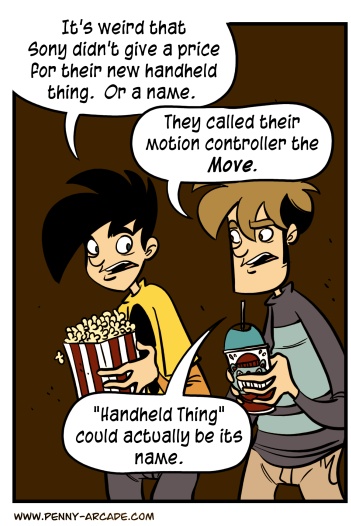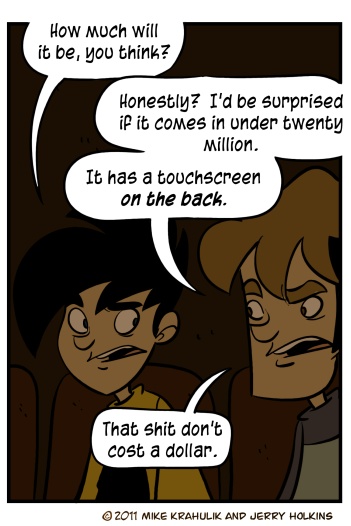With two analog sticks, two triggers, a d-pad, four face buttons, two cameras, and front and back trackpads, it's entirely possible that you will be speaking in ASL - inadvertently - every time you play a game. It might do to bone up on some of the basics, actually, maybe with a focus on what you don't want to sign. There are still vital questions to be asked of the device, in ASL or English, and there are answers nestled in today's installment.
You have to be really careful about when your demo releases, because if it releases on the same day as the Bulletstorm demo, you are screwed.
Crysis 2 wasn't in a good shape when it first hit. It was like Lars Von Trier's Antichrist, but with nanosuits. My character died, but I didn't know how; then my body began to jerk and warp, and I saw a picture of a tree. There was no UI, so I really had to contemplate what was going on because there was no escape. They got it working later, and I gave it another go, surprised to see some of the mobility stuff that Brink is trying to bring to the fore in there. At the end of the day, though, it mostly me want to play it on the PC. On the Xbox or the Playstation, Crysis 2 is a shooter. There are lots of shooters there, shootin' and gettin' all crazy. On the PC, it's technology as a statement. That statement, generally speaking, is "this is what your computer is actually capable of."
Also, Bulletstorm.
Bulletstorm is not a statement so much as a set of parenthesis within which you may speak, in the guttural dialect of the aggressor. There's not a whole lot of demo there, but it's enough; everything is dipped in some ridiculous context, conferring a tang I may not like entirely, but if you have ever wondered what it would be like to play a version of Tony Hawk where you skate around on a gun and the ramps are made of enemy flesh, well, here you go.
(CW)TB out.



